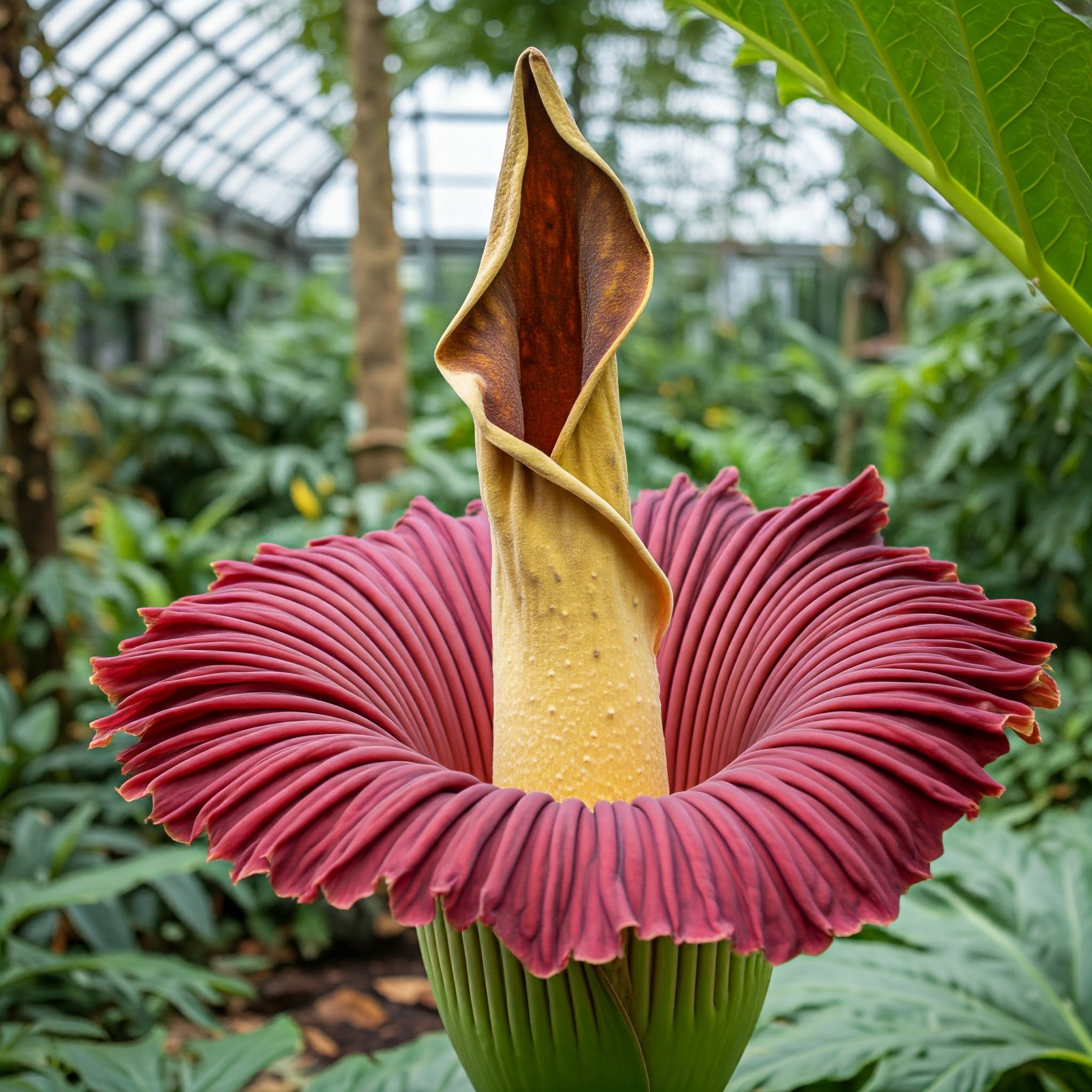Imagine waking up to the intoxicating scent of spring wafting through your home, even in the heart of winter. Hyacinths, with their vibrant clusters of bell-shaped flowers and heady perfume, can transform any indoor space into a fragrant oasis. This comprehensive guide will unveil the secrets to successfully growing hyacinths, empowering you to cultivate these captivating blooms and enjoy their beauty season after season.
Choosing Your Hyacinth Heroes (Bulbs)
Selecting the right hyacinth bulbs is the foundation for success. Here’s your roadmap to choosing champions:
- Variety: Hyacinths boast a dazzling array of colors, from classic white and deep purple to vibrant pinks, oranges, and even bicolors. Popular choices include ‘Pink Pearl,’ ‘Carnegie,’ ‘Gipsy Queen,’ and ‘Jan Bos.’
- Bulb Size: Bigger is generally better. Opt for bulbs that are firm and at least 15-16 cm (6-inches) in circumference for optimal flower production.
- Source: Purchase your hyacinth bulbs from reputable garden centers or online retailers specializing in flower bulbs. Ensure the bulbs are healthy, free from blemishes or mold, and haven’t sprouted prematurely.
Hyacinth Color Palette
| Color | Popular Variety |
| White | ‘Aiolos,’ ‘White Pearl’ |
| Yellow | ‘City of Haarlem’ |
| Pink | ‘Pink Pearl,’ ‘Lisbon’ |
| Orange | ‘Jan Bos’ |
| Purple | |
| Blue | ‘Blue Jacket,’ ‘King’ |
| Bicolor | ‘Pink Bonnet,’ ‘Gipsy Queen’ |
Preparing the Perfect Potting Palace
The right container sets the stage for hyacinth growth. Consider these key elements:
- Material: Opt for breathable pots like terracotta or ceramic. Plastic pots can hinder drainage, which can lead to bulb rot.
- Drainage: Ensure your pot has drainage holes at the bottom to allow excess water to escape.
- Size: Choose a pot that’s roughly twice the diameter of your hyacinth bulb. For example, a 15-cm (6-inch) bulb would thrive in a 30-cm (12-inch) pot.
The Potting Mix Maestro
Hyacinths require a well-draining potting mix. Here’s a winning recipe:
- 2 parts high-quality potting soil: Opt for a commercial potting mix specifically formulated for bulbs.
- 1 part perlite or coarse sand: These ingredients enhance drainage and prevent the soil from becoming waterlogged.
Planting Your Hyacinths – A Step-by-Step Symphony
Planting your hyacinths is a straightforward process. Follow these steps for a harmonious outcome:
- Fill your pot with potting mix: Leave about 2.5 cm (1 inch) of space at the top.
- Create a planting hole: Gently push your thumb or a bulb planter into the potting mix to create a depression about twice the depth of your bulb.
- Position your bulb: Place the hyacinth bulb pointy end up in the hole, ensuring the root end rests firmly on the bottom.
- Backfill the hole: Gently fill the remaining space with potting mix, pressing it lightly to secure the bulb.
- Water thoroughly: Water the pot until water runs out of the drainage holes. This helps settle the soil and encourages root development.
The Chilling Chamber: A Prerequisite for Spring Splendor
Hyacinths require a period of cold temperatures, known as “chilling,” to initiate flower bud development. Here’s how to provide the perfect winter slumber:
- Temperature: Aim for a cool, dark location with temperatures between 1-4°C (33-39°F). A garage, unheated basement, or even a cold refrigerator (not the crisper drawer, as the ethylene gas emitted by fruits and vegetables can inhibit growth) can work well.
- Duration: The chilling period typically lasts for 8-12 weeks.
- Checking on your bulbs: During this time, you can peek at your bulbs occasionally to ensure they haven’t sprouted prematurely. If they do, move them to a cooler location.
Ushering in Spring: Bringing Your Hyacinths Indoors
Once your chilling period is complete, it’s time to introduce your hyacinths to the warmth and light of spring:
- Gradual Awakening: Gradually acclimate your hyacinths to warmer temperatures by placing them in a cool room for a few days before moving them to their final location.
- Light Requirements: Hyacinths require at least 4-6 hours of bright, indirect sunlight daily. A sunny windowsill is an ideal spot.
- Watering Wisely: Water your hyacinths moderately, allowing the top inch of soil to dry out between waterings. Avoid overwatering, which can lead to bulb rot.
Supporting the Show
- Staking: As the flower stalk grows, it may require support, especially for top-heavy varieties. Use a slender stake gently pushed into the soil beside the stem and loosely tie the stem to the stake for support.
The Grand Finale: Witnessing Hyacinth Blooms
With proper care, your hyacinths will reward you with a spectacular display of blooms:
- Timing: Expect your hyacinths to flower 3-6 weeks after being brought indoors, depending on the variety and the start date of your chilling period.
- The Fragrant Reward: Hyacinths are renowned for their intoxicating fragrance. The scent can be particularly strong in enclosed spaces, so be mindful of placement.
- Enjoying the Show: The hyacinth flower display typically lasts for 1-2 weeks.
Curtain Call: Caring for Your Hyacinths After Flowering

Even after the blooms fade, there are steps you can take to care for your hyacinth plant:
- Deadheading: Remove the spent flower stalk by cutting it off at the base with clean, sharp pruners.
- Watering and Feeding: Continue to water your hyacinth moderately, allowing the soil to dry slightly between waterings. You can stop fertilizing once the flowers have faded.
- Sunlight Exposure: Keep your hyacinth in a sunny location to allow the foliage to continue growing.
Can I Replant My Hyacinth?
While hyacinths are typically grown as single-season plants, you can attempt to rebloom them the following year. However, it requires specific care and may not always be successful. Here’s a basic guide:
- Continue to care for the foliage: After flowering, allow the leaves to turn yellow and die back naturally. This process helps replenish the bulb for future flowering.
- Summer Dormancy: Once the foliage has died back, gradually reduce watering and allow the bulb to go dormant over the summer months. Store the pot in a cool, dry location.
- Replanting in Fall: In the fall, repot the bulb in fresh potting mix and begin the chilling period again.
Hyacinth Bloom Time and Color
| Bloom Time | Color |
| Early Spring | White, Yellow, Pink |
| Mid-Spring | Orange, Purple, Blue |
Conclusion: The Sweet Satisfaction of Growing Hyacinths
Growing hyacinths is a rewarding experience that allows you to witness the magic of transformation from a humble bulb to a fragrant and visually stunning flower display. With a little planning and care, you can cultivate these captivating blooms and enjoy their beauty season after season. So, why not embark on your hyacinth-growing adventure today and fill your home with the captivating fragrance of spring?








